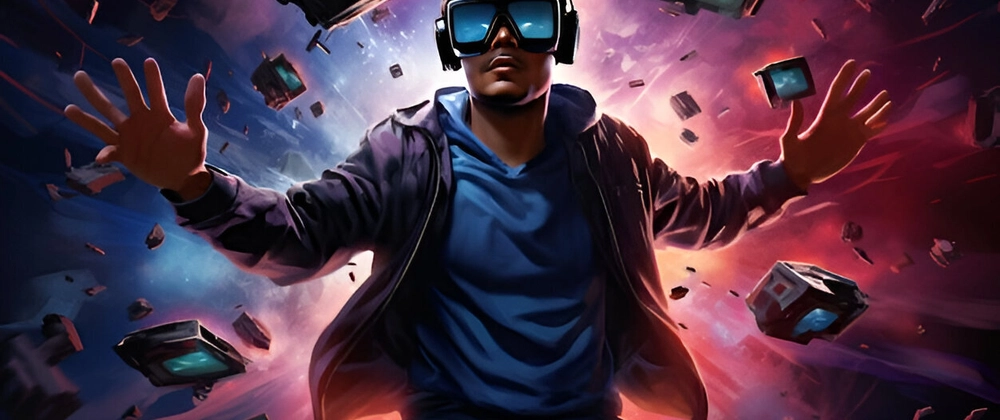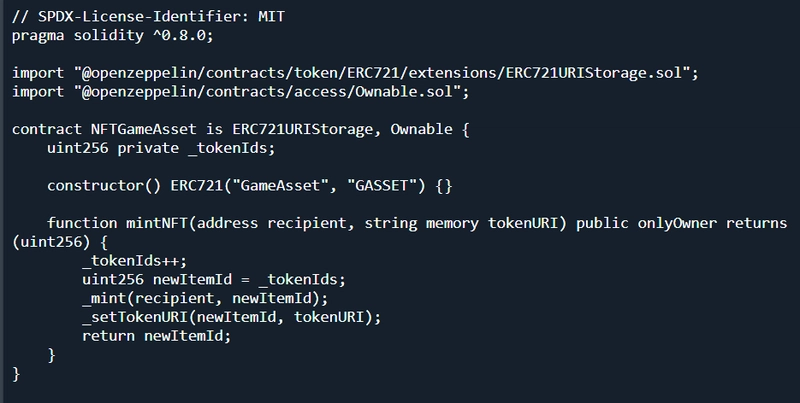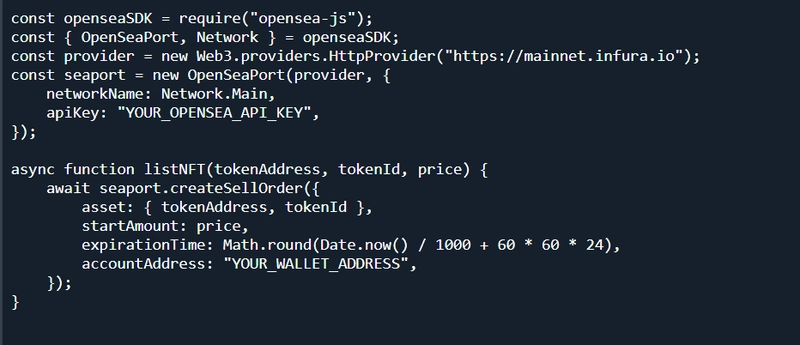NFT (Non-Fungible Token) games have revolutionized the gaming industry by integrating blockchain technology into gameplay. Unlike traditional games, where assets and currencies exist only within the game environment, NFT games allow players to own, trade, and sell in-game assets as NFTs, which hold real-world value. This guide will take you through every step of developing an NFT game, covering tools, blockchain integration, smart contract development, game engine implementation, NFT marketplaces, monetization strategies, security best practices, and an analysis of the current NFT gaming market.
What Are NFT Games?
Definition and Core Concept
NFT games incorporate blockchain technology to create unique digital assets that players can own and trade. These assets can be anything from characters and weapons to virtual real estate. Each NFT is stored on a blockchain, ensuring transparency, security, and immutability.
Why Are NFT Games Popular?
- True Ownership: Players fully own their in-game assets, unlike traditional games where assets are controlled by game developers.
- Decentralization: Transactions are recorded on a blockchain, eliminating the need for centralized control.
- Monetization: Players can trade NFTs for cryptocurrency or real money, creating new earning opportunities.
- Interoperability: NFTs can be used across different games and platforms, enhancing the gaming ecosystem.
Types of NFT Games
- Play-to-Earn (P2E) – Players earn tokens or NFTs by participating in the game (e.g., Axie Infinity).
- Collectible Games – Players collect and trade unique NFT assets (e.g., CryptoKitties).
- Metaverse Games – Virtual worlds where players can own digital land and interact (e.g., Decentraland, The Sandbox).
- Strategy & RPG Games – Players use NFT-based assets and characters in role-playing and strategy-based gameplay.
Tools & Technologies Required
Before diving into development, you need to choose the right tools and technologies
Blockchain Platforms for NFT Games
Choosing the right blockchain is crucial as it determines transaction speed, fees, and scalability.
- Ethereum (ERC-721 & ERC-1155) – Most popular but has high gas fees.
- Polygon (MATIC) – Low fees and fast transactions.
- Binance Smart Chain (BSC) – Cheaper alternative to Ethereum.
- Solana – High-speed transactions with minimal fees.
Development Stack
Programming Languages: Solidity (for smart contracts), JavaScript, Python, C# (for Unity integration).
Frameworks: Hardhat/Truffle for smart contract development.
Game Engine: Unity or Unreal Engine.
Storage Solutions: IPFS (InterPlanetary File System) for NFT metadata.
Web3 Integration: MetaMask, WalletConnect, Moralis for blockchain interactions.
Security Tools: OpenZeppelin, Slither for smart contract security auditing.
Smart Contract Development for NFTs
Smart contracts are the backbone of NFT games, defining the ownership, minting process, and trade functionalities.
Example: Solidity Smart Contract for NFT Game Assets
NFT Marketplaces & OpenSea Integration
Once you have your NFT game assets ready, integrating an in-game marketplace or linking your NFTs to existing platforms can maximize your game's success.
Types of Marketplaces
- In-Game Marketplaces – Custom-built to facilitate player-to-player trading within the game.
- Third-Party Marketplaces – External platforms like OpenSea, Rarible, and Magic Eden support NFT trading.
- Hybrid Approach – A mix of both in-game and external marketplaces for wider reach.
Connecting to OpenSea API
To allow players to list NFTs from your game directly on OpenSea:
Monetization Strategies – How to Earn Money from NFT Games
NFT games provide multiple revenue streams for both developers and players. Below is a detailed breakdown of the top monetization methods and how they work.
1. Selling In-Game NFTs
Players can purchase rare and valuable in-game assets like characters, skins, weapons, and virtual land.
Game developers can sell NFTs directly on an in-game marketplace.
Players can trade assets among themselves, with developers taking a small transaction fee.
2. Play-to-Earn (P2E) Mechanics
Players earn tokens and rewards by participating in battles, completing missions, or staking assets.
Incentivizes active participation.
Developers can issue their own game tokens that can be exchanged for NFTs or other in-game benefits.
3. NFT Staking & Yield Farming
Players can stake their NFTs to earn passive income or in-game benefits.
Developers can charge fees for staking services.
Encourages long-term investment in the game ecosystem.
4. Renting NFTs
Players can rent powerful NFTs instead of buying them outright.
Beneficial for high-value assets that casual players might not afford.
Creates additional revenue streams for NFT owners and developers.
5. Advertising & Brand Partnerships
Brands can pay for ad placements in the game, such as billboards or sponsored NFTs.
Companies can launch branded NFTs for exclusive partnerships.
Developers earn from sponsorships while increasing brand exposure.
Conclusion
Building an NFT game requires expertise in blockchain development, game mechanics, and monetization strategies. By following this guide, you can create a profitable NFT game that stands out in the competitive market. Start developing today and become part of the future of gaming!





Top comments (0)